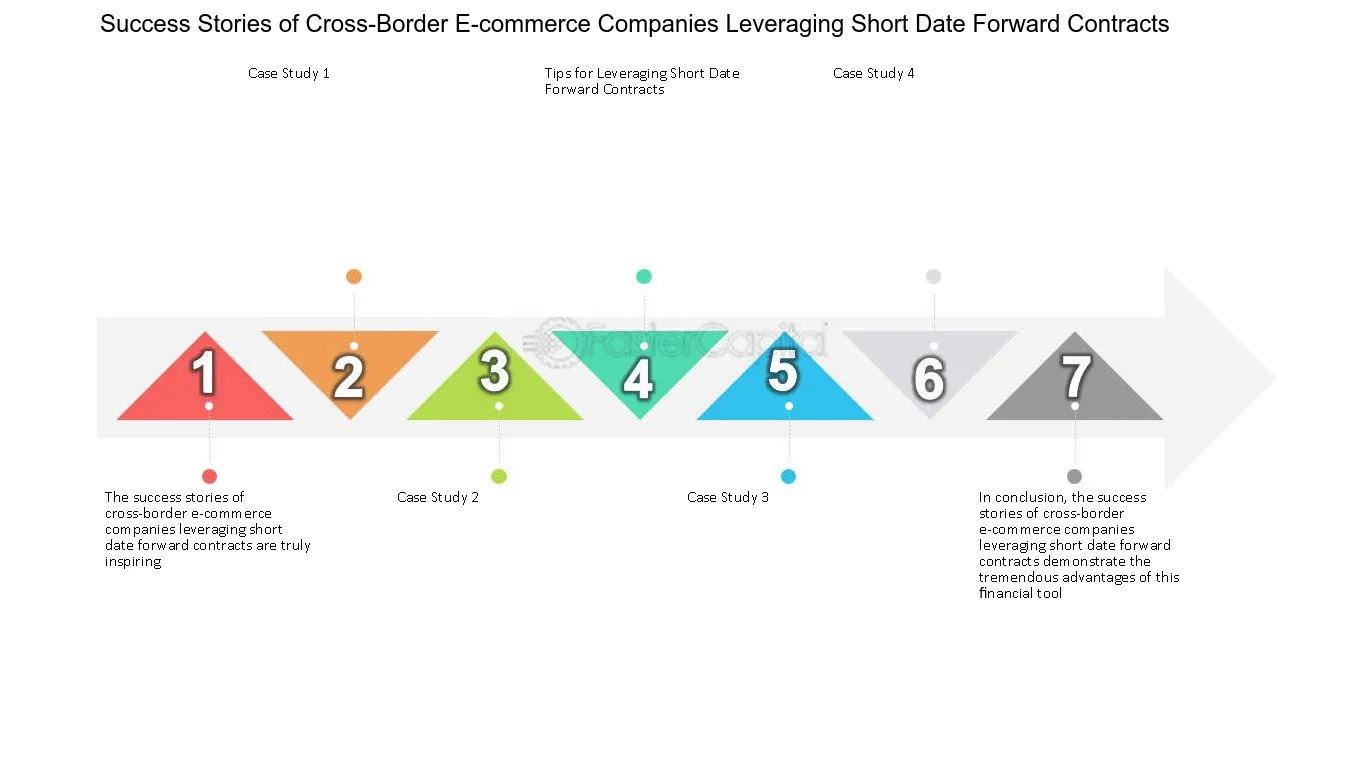Home>Finance>Why Use Revenue-Based Financing Instead Of Debt Financing?


Finance
Why Use Revenue-Based Financing Instead Of Debt Financing?
Modified: January 20, 2024
Explore the advantages of revenue-based financing as an alternative to traditional debt financing for your business. Find out how finance options can benefit your growth and sustainability.
(Many of the links in this article redirect to a specific reviewed product. Your purchase of these products through affiliate links helps to generate commission for LiveWell, at no extra cost. Learn more)
Table of Contents
Introduction
When it comes to financing a business, there are various options available, from debt financing to equity financing. Each option has its own advantages and disadvantages, and it is crucial for entrepreneurs to carefully evaluate which option aligns best with their goals and circumstances. In recent years, a new form of financing has emerged as a viable alternative to traditional debt financing – revenue-based financing.
Revenue-based financing, also known as royalty-based financing or revenue sharing, offers a unique approach to funding a business. Instead of taking on debt or giving away ownership stake, revenue-based financing allows businesses to secure capital in exchange for a percentage of their future revenue. This innovative financing model has gained traction in the startup community and for businesses that have consistent cash flow but limited assets or collateral.
In this article, we will explore the benefits of revenue-based financing, compare it to debt financing, and discuss why and when entrepreneurs might choose revenue-based financing over traditional debt financing.
What is Revenue-Based Financing?
Revenue-based financing, also known as revenue sharing or royalty-based financing, is a form of funding where a business agrees to repay the investor a fixed percentage of its revenue until a predetermined amount is reached. Unlike traditional debt financing, revenue-based financing does not involve fixed monthly payments or interest rates. Instead, the repayment is directly tied to the business’s revenue, making it a flexible and dynamic financing option.
In revenue-based financing, the terms and conditions are typically negotiated between the business and the investor. The percentage of revenue to be shared, often referred to as the “royalty rate,” can vary depending on factors such as the stage of the business, industry, growth prospects, and historical revenue performance. The repayment period is also agreed upon, ranging from a few months to several years.
One of the key features of revenue-based financing is that there is no equity dilution. Unlike equity financing, where ownership stake in the business is exchanged for capital, revenue-based financing allows businesses to retain full ownership and control. This makes it an attractive option for entrepreneurs who are hesitant to give up equity or who want to maintain control over their operations.
Another advantage of revenue-based financing is its flexibility. Unlike traditional loans, which require fixed monthly payments regardless of the business’s revenue, revenue-based financing adjusts the repayment amount based on how well the business is doing. When revenue is high, the repayment amount increases, and when revenue is low, the repayment amount decreases. This aligns the interests of the investor and the business, as both parties benefit from the business’s success.
Furthermore, revenue-based financing is often faster and more accessible than traditional debt financing. While securing a bank loan or a line of credit can involve a lengthy application process and strict requirements, revenue-based financing can be more flexible and accommodating for businesses with limited credit history or collateral. This makes it a valuable option for startups or small businesses that may not meet the criteria for traditional loans.
Overall, revenue-based financing offers a compelling alternative for businesses seeking funding without incurring additional debt or giving up equity. It provides flexibility, avoids equity dilution, and can be more accessible for businesses without an established financial track record. In the next section, we will compare revenue-based financing to traditional debt financing to better understand its benefits.
Benefits of Revenue-Based Financing
Revenue-based financing offers several unique advantages compared to traditional debt financing options. Let’s explore some of the key benefits:
- Flexible Repayment: Unlike traditional loans with fixed monthly payments, revenue-based financing adjusts the repayment amount based on the business’s revenue. This flexibility allows businesses to manage their cash flow more effectively, especially during periods of fluctuating revenue.
- No Equity Dilution: One of the most significant advantages of revenue-based financing is that it does not require businesses to give up ownership stakes or dilute equity. Entrepreneurs can secure funding without sacrificing control over their business’s decision-making and future growth.
- Access to Capital for Early-Stage Businesses: Startups and early-stage businesses often struggle to secure traditional debt financing due to their limited track record. Revenue-based financing can be an excellent alternative for these businesses, as it focuses on future revenue potential rather than historical financial performance.
- Reduced Financial Risk: With revenue-based financing, businesses are not burdened with high fixed monthly payments that can strain cash flow. The repayment amount is directly tied to revenue, ensuring that businesses are not overextended during slower periods.
- Growth Support: Revenue-based financing can provide businesses with the financial resources needed to fuel growth and expansion. Whether it is investing in marketing initiatives, hiring additional staff, or scaling operations, this funding option allows businesses to access the capital required to seize growth opportunities.
- Faster Approval and Funding: Compared to traditional loans that involve a lengthy approval process, revenue-based financing often offers a quicker and simpler application process. This allows businesses to access the funds they need in a more timely manner.
It is important to note that while revenue-based financing offers many benefits, it might not be suitable for all businesses. The decision to pursue this financing option should be based on careful consideration of the business’s unique circumstances and financial goals. In the next section, we will discuss the drawbacks of traditional debt financing to better understand why revenue-based financing can be an attractive alternative.
Drawbacks of Debt Financing
While debt financing is a common and traditional form of funding for businesses, it does come with its fair share of drawbacks. Here are some of the key drawbacks to consider:
- Fixed Monthly Payments: Traditional debt financing requires businesses to make fixed monthly payments, regardless of their revenue or financial performance. This can be challenging for businesses that experience fluctuations in cash flow, as they may struggle to meet their payment obligations during slower periods.
- Interest Rates: Debt financing often entails the addition of interest rates, which can increase the overall cost of borrowing for businesses. Over time, the accumulated interest can become a significant financial burden, especially for businesses with high debt levels.
- Creditworthiness Requirements: Obtaining a traditional loan can be difficult for businesses with limited credit history or insufficient collateral. Banks and financial institutions typically have stringent creditworthiness requirements, making it challenging for startups or small businesses to secure the funding they need.
- Collateral and Personal Guarantees: Many lenders require businesses to provide collateral or personal guarantees as a form of security for the loan. This places additional financial risk and pressure on the business owner, as they may have to leverage personal assets to secure the financing.
- Equity Dilution: In some cases, businesses may turn to equity financing to secure the necessary funds. While this provides an alternative to debt financing, it comes at the expense of giving up ownership stake or equity in the business. This can limit the entrepreneur’s control over the company’s decision-making and future profits.
- Rigid Loan Terms: Traditional loans often have rigid loan terms, including predefined repayment periods and strict conditions. This lack of flexibility can impede a business’s ability to adapt and respond to changing market conditions or unexpected financial challenges.
Considering these drawbacks, it becomes evident why revenue-based financing has gained popularity as an alternative to debt financing. The ability to avoid fixed monthly payments, interest rates, strict creditworthiness requirements, and equity dilution makes revenue-based financing an appealing option for businesses seeking flexibility and more favorable terms. In the next section, we will delve into the reasons why entrepreneurs might choose revenue-based financing over traditional debt financing.
Reasons for Choosing Revenue-Based Financing over Debt Financing
While debt financing has long been the go-to option for businesses, revenue-based financing offers several compelling reasons why entrepreneurs might choose it over traditional debt financing. Let’s explore some of these reasons:
- Flexibility in Repayment: Revenue-based financing offers flexible repayment terms that are tied to the business’s revenue. This aligns the repayment with the business’s cash flow, allowing for more manageable payments during periods of fluctuating revenue. Unlike fixed monthly payments of debt financing, revenue-based financing adjusts based on the business’s performance.
- No Equity Dilution: One of the primary advantages of revenue-based financing is that entrepreneurs do not have to give up equity in their business. By avoiding equity dilution, entrepreneurs can maintain full control over their company’s decision-making and avoid sharing ownership or future profits with external investors.
- Accessible for Startups and Small Businesses: Revenue-based financing can be an attractive option for startups and small businesses that may struggle to meet the strict creditworthiness requirements of traditional lenders. This form of financing focuses more on the business’s potential revenue growth rather than its credit history, making it more accessible for businesses in their early stages.
- Less Financial Risk: Unlike traditional debt financing, revenue-based financing reduces the financial risk for businesses. Since repayment is directly tied to revenue, businesses do not have to worry about making fixed monthly payments when their cash flow is low. This provides a level of financial flexibility and stability that can be beneficial for businesses in uncertain or cyclical industries.
- Opportunity for Growth: Revenue-based financing can provide businesses with the capital needed to fuel growth and expansion. Whether it’s investing in marketing campaigns, hiring new talent, or scaling operations, this funding option enables businesses to access the funds required to seize growth opportunities without incurring additional debt or giving up ownership stakes.
- Speed of Approval and Funding: Revenue-based financing often has a simpler and quicker application process compared to traditional debt financing. This speed of approval and funding can be crucial for businesses that need access to capital in a timely manner to address immediate needs or take advantage of time-sensitive opportunities.
These reasons highlight the advantages of revenue-based financing over traditional debt financing. Entrepreneurs can benefit from the flexibility, reduced financial risk, growth opportunities, and accessible funding options that revenue-based financing provides. However, it’s important to carefully assess the specific needs and goals of the business to determine which financing option is the most suitable. In the next section, we will explore case studies of successful businesses that have utilized revenue-based financing to their advantage.
Case Studies of Successful Businesses Using Revenue-Based Financing
The rise of revenue-based financing has enabled many businesses to obtain the necessary capital for growth and expansion. Let’s take a look at a few case studies of successful businesses that have leveraged revenue-based financing:
- Company XYZ: A technology startup in the software-as-a-service (SaaS) industry, Company XYZ was in the early stages of development and lacked the track record and assets to secure a traditional small business loan. However, they had a promising product and a steadily growing customer base. Instead of seeking traditional debt financing, they opted for revenue-based financing. They secured funding from an investor who agreed to receive a percentage of their monthly revenue over a specific term. With the infusion of capital, Company XYZ was able to invest in marketing efforts, expand their team, and accelerate product development, leading to increased sales and market share.
- Restaurant ABC: Restaurant ABC was a well-established and profitable eatery looking to renovate and expand their existing location. They explored various financing options but were concerned about taking on excessive debt or giving up equity in their successful business. Instead, they decided to pursue revenue-based financing. They found an investor who provided the necessary funds in exchange for a share of their monthly revenue. This allowed Restaurant ABC to proceed with their expansion plans without the burden of fixed monthly loan payments. As a result, they were able to execute the renovation project smoothly and increase their seating capacity, leading to a significant boost in revenue.
- E-commerce Store DEF: DEF was an online retailer experiencing rapid growth. While they had a strong customer base and impressive revenue numbers, their limited assets made it challenging to secure a traditional bank loan. They opted for revenue-based financing to fuel their expansion plans. With the additional capital, DEF was able to invest in inventory and fulfillment infrastructure to meet the increasing demand. The revenue-based financing structure allowed them to make flexible repayments based on their sales volume, ensuring that the financing aligned with their revenue stream. This enabled DEF to maintain their profitability while scaling their operations to accommodate the growing customer base.
These case studies illustrate how revenue-based financing has been instrumental in the success of businesses across different industries and growth stages. By utilizing this innovative financing approach, these businesses were able to access the necessary funding without compromising equity or burdening themselves with fixed monthly payments. Revenue-based financing provided them with the flexibility and capital infusion required to seize growth opportunities, expand operations, and thrive in their respective markets.
It is important to consider that every business’s situation is unique, and revenue-based financing may not be the ideal choice for everyone. Conducting thorough research, evaluating different financing options, and consulting with financial advisors can help entrepreneurs determine the best financing strategy for their specific needs and goals.
Conclusion
Revenue-based financing offers an alternative approach to funding that has gained popularity among entrepreneurs and businesses of all sizes. This form of financing provides a flexible and accessible option for businesses seeking capital without the burden of traditional debt financing or equity dilution.
Throughout this article, we’ve explored the concept of revenue-based financing and its benefits compared to traditional debt financing. We’ve learned that revenue-based financing offers flexible repayment terms, avoids equity dilution, and provides access to capital for startups and small businesses. Additionally, revenue-based financing reduces financial risk and allows businesses to fuel growth and expansion.
By examining case studies of successful businesses that have utilized revenue-based financing, we’ve seen the tangible results achieved through this funding model. Companies have used the capital to invest in marketing, expand operations, renovate facilities, and meet growing customer demand. The flexibility and alignment with revenue streams have allowed these businesses to thrive without sacrificing control or dealing with the constraints of fixed monthly payments.
However, it is important to note that revenue-based financing may not be suitable for every business. Each business’s circumstances and goals are unique, and careful consideration should be given to determine the most appropriate financing strategy.
To make an informed decision, entrepreneurs should assess their financing needs, evaluate the potential pros and cons of revenue-based financing versus traditional debt financing, and consider consulting with financial advisors or experts in the field. By doing so, businesses can secure the funding necessary for growth and success, while maintaining control over their operations and maximizing their chances of long-term prosperity.
In summary, revenue-based financing offers a flexible, accessible, and growth-oriented funding option for businesses. It presents an attractive alternative to traditional debt financing, allowing entrepreneurs to navigate the challenges of funding their ventures while maintaining ownership and control. With the right approach and careful consideration of their specific circumstances, businesses can leverage revenue-based financing to fuel their growth and achieve their financial goals.














